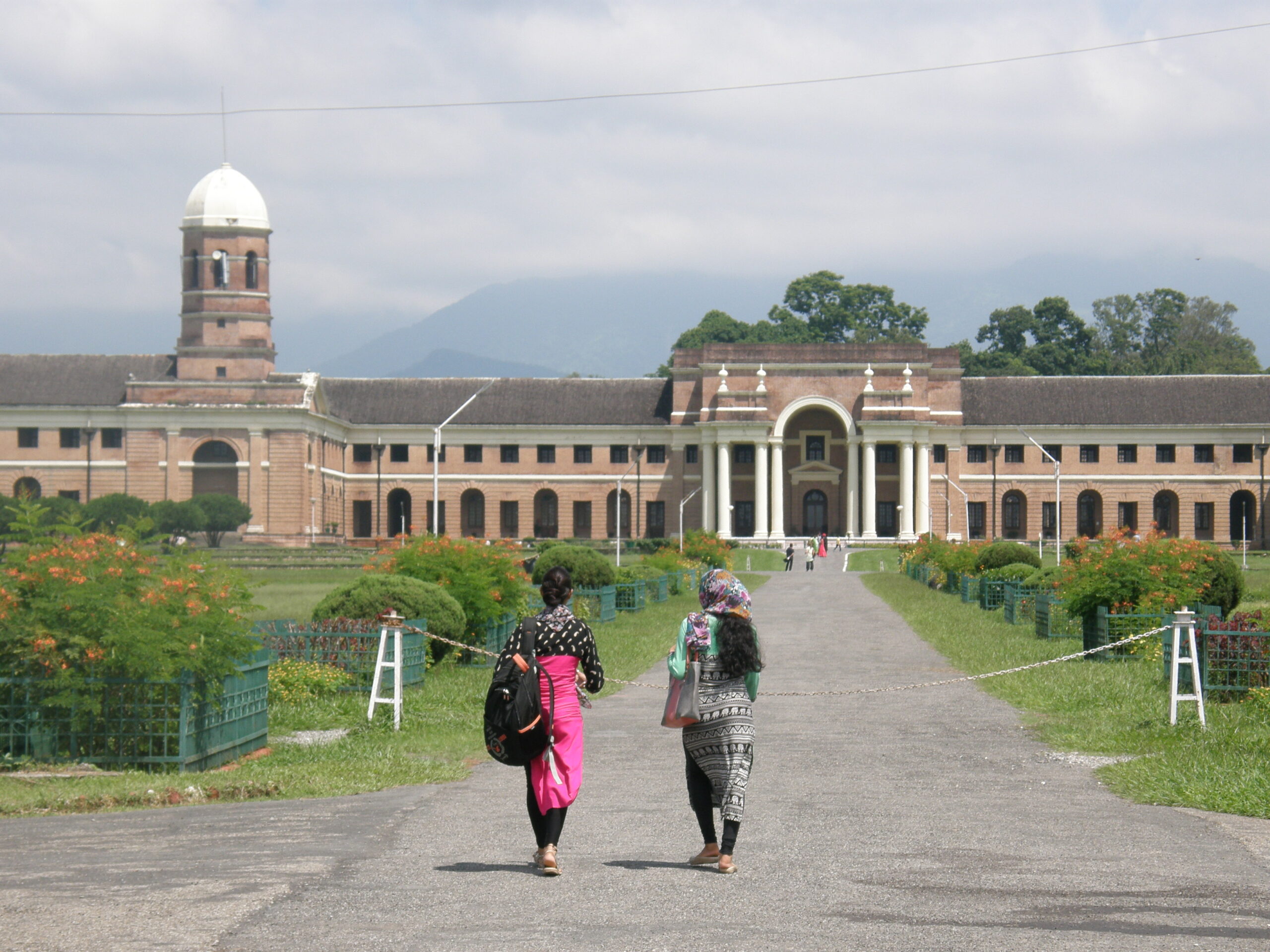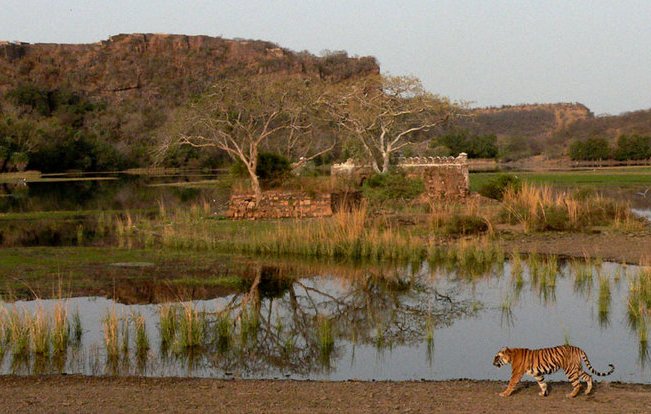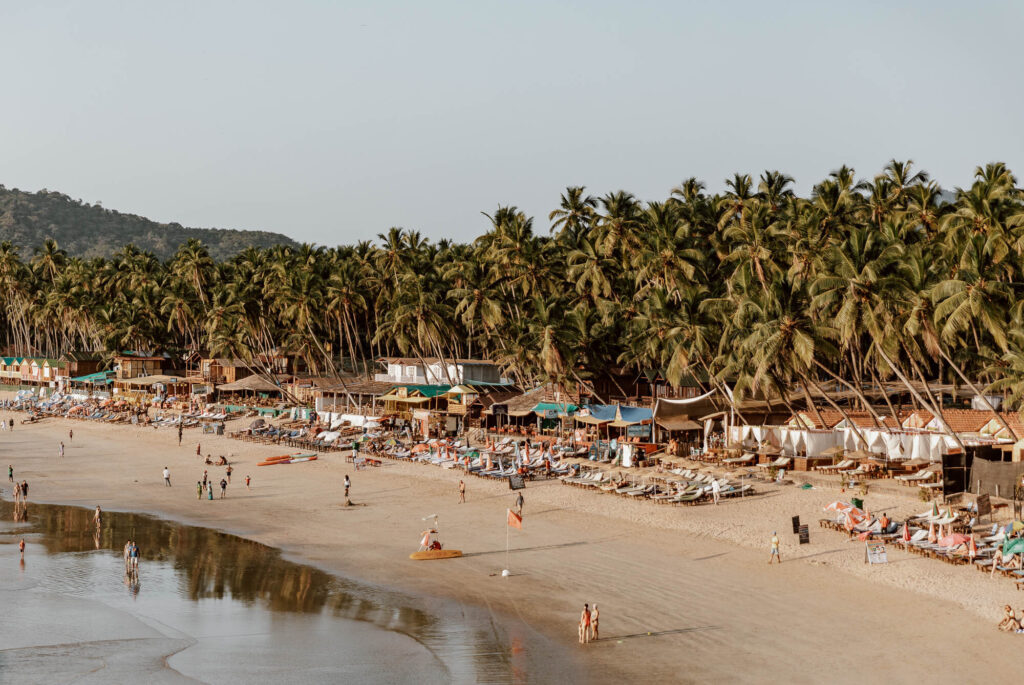Dehradun’s Educational Prestige in the 1970s
In the 1970s, Dehradun was emerging as a prominent educational center in India, renowned for its esteemed schools and tranquil environment that fostered learning and personal growth. Nestled in the foothills of the Himalayas, the city offered a serene backdrop that was conducive to study and reflection, making it an attractive destination for families seeking quality education for their children. The town’s cool climate, verdant landscapes, and peaceful ambiance provided an ideal setting that nurtured both academic and extracurricular pursuits. This period laid the foundation for Dehradun’s longstanding reputation as an educational hub that attracted students from across the country, drawn by the promise of holistic development and high academic standards.
Prominent Schools and Colleges of the Era
The Doon School: Established in 1935, The Doon School had solidified its status as a premier boys’ boarding school by the 1970s. Known for its rigorous academic curriculum and emphasis on character building, the school was synonymous with excellence. It nurtured a generation of leaders and thinkers, focusing on a blend of academics, sports, and the arts to develop well-rounded individuals. The school’s influence extended beyond Dehradun, as it attracted students from all over India who aspired to join its prestigious ranks.
Welham Boys’ School and Welham Girls’ School: Originally founded as preparatory schools for boys and girls, Welham Boys’ (established in 1937) and Welham Girls’ (established in 1957) grew in prominence during the 1970s. These institutions became known for empowering students with strong academic foundations and a focus on moral values. The schools encouraged independent thinking and leadership, shaping young minds to excel in various fields. Their nurturing environment and emphasis on community spirit made them pivotal contributors to Dehradun’s educational reputation.
St. Joseph’s Academy and Convent of Jesus and Mary: St. Joseph’s Academy, established in 1934, was a co-educational institution that provided high-quality education and emphasized holistic development. Its well-rounded approach combined academics with cultural and sports activities, preparing students to excel both intellectually and socially. The Convent of Jesus and Mary, another highly regarded school, was known for its disciplined approach and focus on academic excellence, particularly for young girls, fostering a strong foundation for future achievements.
Forest Research Institute (FRI): Beyond its schools, Dehradun was home to the prestigious Forest Research Institute (FRI), an iconic center for higher learning and research. By the 1970s, FRI had already gained recognition for its contributions to forestry and environmental studies, training experts who would go on to make significant impacts in their fields. Its grand Greco-Roman architecture and expansive campus were landmarks that added to Dehradun’s intellectual allure.
The Role of Boarding Schools and Their Impact
Boarding schools in 1970s Dehradun were more than just educational institutions; they were centers for character building and life lessons that extended beyond the classroom. Schools like The Doon School and Welham Boys’ implemented structured routines that instilled discipline, resilience, and a strong work ethic. Students participated in daily schedules that balanced academics with extracurricular activities, including sports, arts, and debates, encouraging them to develop a well-rounded personality.
The close-knit boarding environment fostered deep relationships among students and teachers, creating a sense of camaraderie and belonging. These schools emphasized values such as integrity, leadership, and teamwork, which left a lasting impact on the students and helped shape them into responsible adults ready to contribute positively to society. The influence of these boarding schools reached far and wide, as their alumni often excelled in various professional fields, carrying the lessons learned in Dehradun into their careers.
Education and Social Fabric
The strong educational framework of Dehradun in the 1970s significantly influenced the city’s social fabric. Schools and colleges were not just places of learning but hubs of cultural and social exchange. Students from different parts of India, and sometimes even abroad, brought diverse perspectives and traditions to the city, enriching its cultural landscape. This diversity fostered a unique blend of ideas and interactions, enhancing the community’s intellectual vibrancy.
Parents, teachers, and local residents took pride in the city’s academic prestige, creating an environment that valued education and personal growth. Schools often held events that involved the local community, from sports competitions and debates to cultural festivals that showcased the talents of students and celebrated Dehradun’s inclusive spirit. This communal involvement further strengthened the bond between educational institutions and the broader society, making education a shared endeavor that supported the growth and identity of the city.
Student Life in 1970s Dehradun
Life for students in Dehradun during the 1970s was a blend of discipline, learning, and camaraderie set against the backdrop of lush greenery and serene surroundings. The school day began early, with students often rising before sunrise to prepare for a day filled with academic classes, sports, and extracurricular activities. Classes were conducted in traditional classrooms with blackboards and wooden desks, while school bells marked the transitions between lessons.
Students adhered to strict routines that balanced study with play, fostering a strong work ethic and time management skills. Popular pastimes included playing games such as cricket, football, and hockey during breaks or after school. Debating societies and literary clubs were integral parts of student life, allowing students to develop public speaking skills and engage in intellectual discussions. Inter-school competitions were highly anticipated, with schools competing in sports, debates, and cultural events that strengthened school spirit and rivalries in a friendly manner.
Teacher-Student Relationships and Influential Educators
Teacher-student relationships in 1970s Dehradun were built on mutual respect and a shared commitment to learning. Educators were not just instructors but mentors who guided students through both academic challenges and personal growth. Many teachers were deeply respected for their dedication and ability to inspire their students.
Notable educators, such as principals who led with vision or beloved teachers who brought subjects to life with passion, left lasting impressions on their pupils. For instance, a mathematics teacher known for simplifying complex equations or an English literature teacher who brought stories to life with dramatic readings would become school legends. These teachers played pivotal roles in shaping the minds of future leaders, scholars, and professionals. The respect they commanded extended beyond the classroom, as students often remembered their influence long after graduating.
Anecdotes and Memories from the Era
The 1970s were full of cherished stories from students who experienced their formative years in Dehradun. One fictionalized memory might involve a student named Ravi, who would cycle to school each morning, the crisp mountain air filling his lungs. He fondly remembered participating in school sports day, where his house competed fiercely in the relay race, cheered on by teachers and classmates alike. Winning the race was a moment of pride, but more than that, it was the support and excitement from friends that stayed with him.
Alumni often recall evenings spent preparing for debate competitions, where practice sessions would stretch into the night as teachers coached them on enunciation and counterarguments. Those evenings became more than preparation; they were lessons in teamwork, resilience, and communication that would serve them well in life. The friendships formed during school days, whether on the sports field or in the classroom, often lasted a lifetime, filled with shared laughter and the trials of growing up.
Educational Legacy and Continuing Influence
The strong educational foundation laid by schools in 1970s Dehradun has continued to influence the city’s identity well into the present day. The traditions, high standards, and values instilled by those institutions became the benchmarks for subsequent generations. The city’s emphasis on a well-rounded education that balanced academics with extracurricular activities is a legacy that modern schools still uphold. The prominence of alumni who went on to excel in fields such as politics, business, and academia serves as a testament to the enduring influence of these educational practices.
Today, the ethos of those early years continues to guide teaching methods and school cultures. Institutions in Dehradun still emphasize character-building, discipline, and academic rigor, traits that were deeply rooted in the city’s educational practices of the 1970s.
A City Shaped by Learning
Dehradun’s focus on education in the 1970s helped carve its identity as a city that values knowledge, growth, and community. This era was characterized by the dedication of educators, the passion of students, and the communal effort to foster learning. The traditions and principles set during this time continue to resonate, shaping the way the city approaches education and nurturing future generations.
Preserving and celebrating this legacy is vital, as it reminds residents of the rich history that has made Dehradun a beacon for quality education. The stories and lessons from the 1970s serve as a tribute to a simpler time when education was not just a path to success but a journey that shaped the hearts and minds of all who experienced it.




